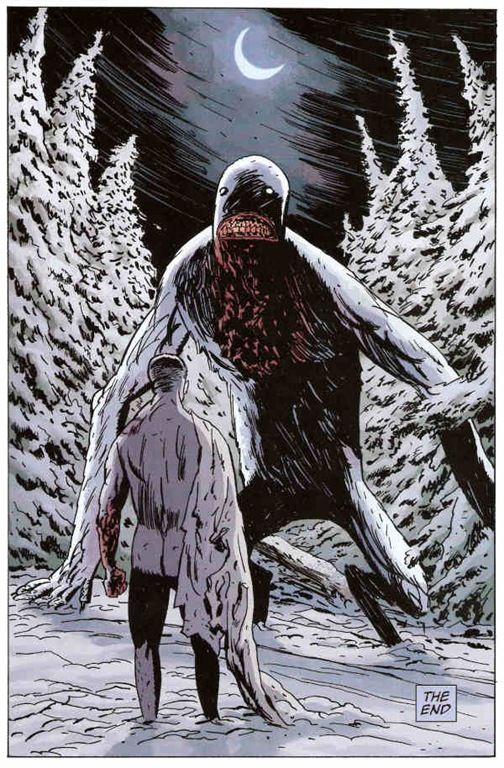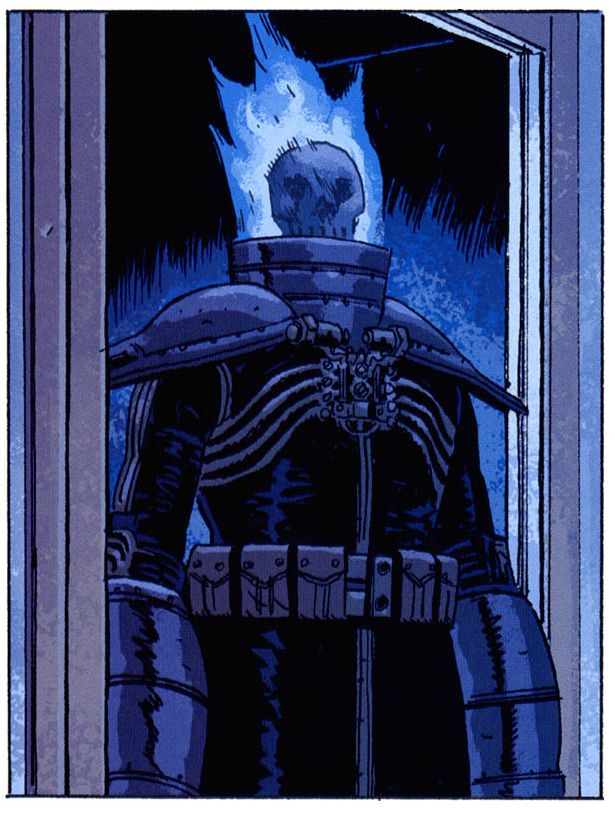On any other day this would have been the very first thing I wrote about, but I figured you may have already been aware, thanks to the high-pitched wails of "NOOOOOOOOOO" that echoed throughout Twitterdom when the news broke Saturday at Emerald City Comicon: Artist Guy Davis is leaving B.P.R.D. The current B.P.R.D: Hell on Earth: Gods miniseries will mark the end of Davis's run as the regular artist for the core Hellboy spinoff, which along with its parent title formed the heart of the "Mignolaverse." Newcomer Tyler Crook will take over as the book's artist with the subsequent arc, Monsters -- his second-ever comic from a major publisher. Davis himself will focus on his creator-owned title The Marquis and other projects. Click the links for CBR's interviews with both artists on the changeover.
Frankly, this is as close to devastated as I've ever come thanks to a creative-team change. And this is not at all a reflection on incoming artist Crook. I've never seen his work, so not only am I not passing judgment, I stand ready to potentially be delighted; moreover, I trust Mike Mignola's art direction and ability to select talented collaborators, with Davis himself, and B.P.R.D's primary writer John Arcudi, as Exhibits A and B. No, this is purely a reflection on how very, very, very, very, very good Davis was on that book. In a style that looked nothing at all like Mignola's, he somehow not only fit into the preexisting world Mignola's visuals had established, but contributed on an equal footing. His creature and character designs were as good as Mignola's, which is astonishing in and of itself; the Wendigo (above) and the Black Flame (below) in particular are all-time, world-class comic-book character designs. Davis was also able to capture the quiet, despairing horror that was so key to what Arcudi and Mignola were doing in their epic saga of what J.R.R. Tolkien might have called the Bureau of Paranormal Research and Defense's "long defeat." He was an absolute master of those silent beats when something terrible and tragic was revealed. But in addition to conveying funnybook spectacle and melancholy horror, Davis's work on B.P.R.D. placed equal emphasis on character. Kate, Liz, Abe, Roger, Daimio, Andrew, and even Panya the mummy and Johann the ectoplasm-in-a-suit looked believably weary or wry, depending on the circumstances; when they got angry or upset or sad, you damn well knew it.
In short -- and trust me, I plan on writing even more about this in the coming days -- Guy Davis was an integral part of what could be argued to be the best ongoing superhero comic of the past decade, one that in many readers' eyes surpassed the title from which it sprung, creating art that would do any comic from any area of the medium proud. Go with gods, Mr. Davis.



